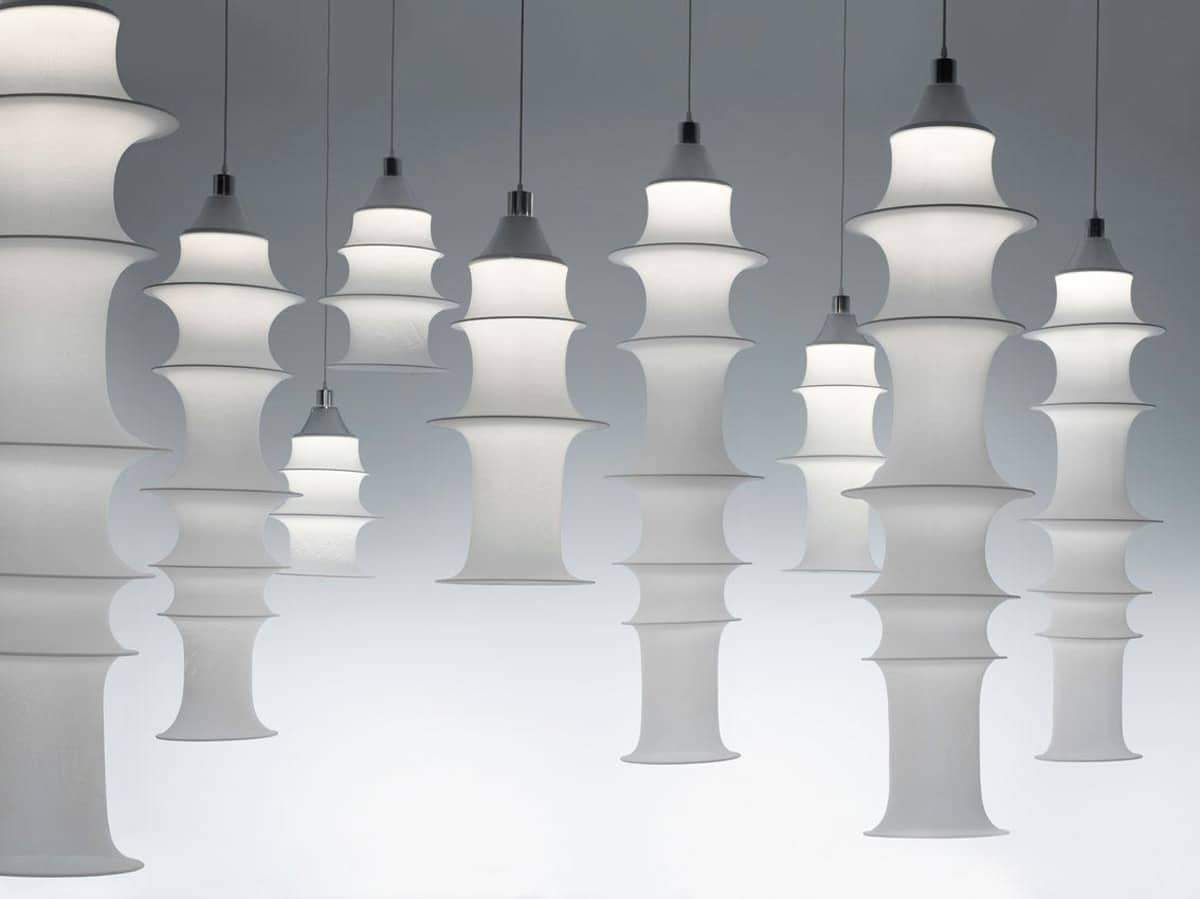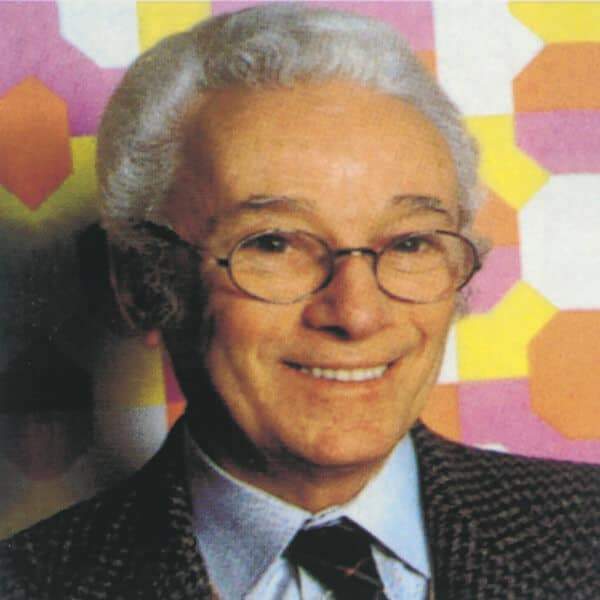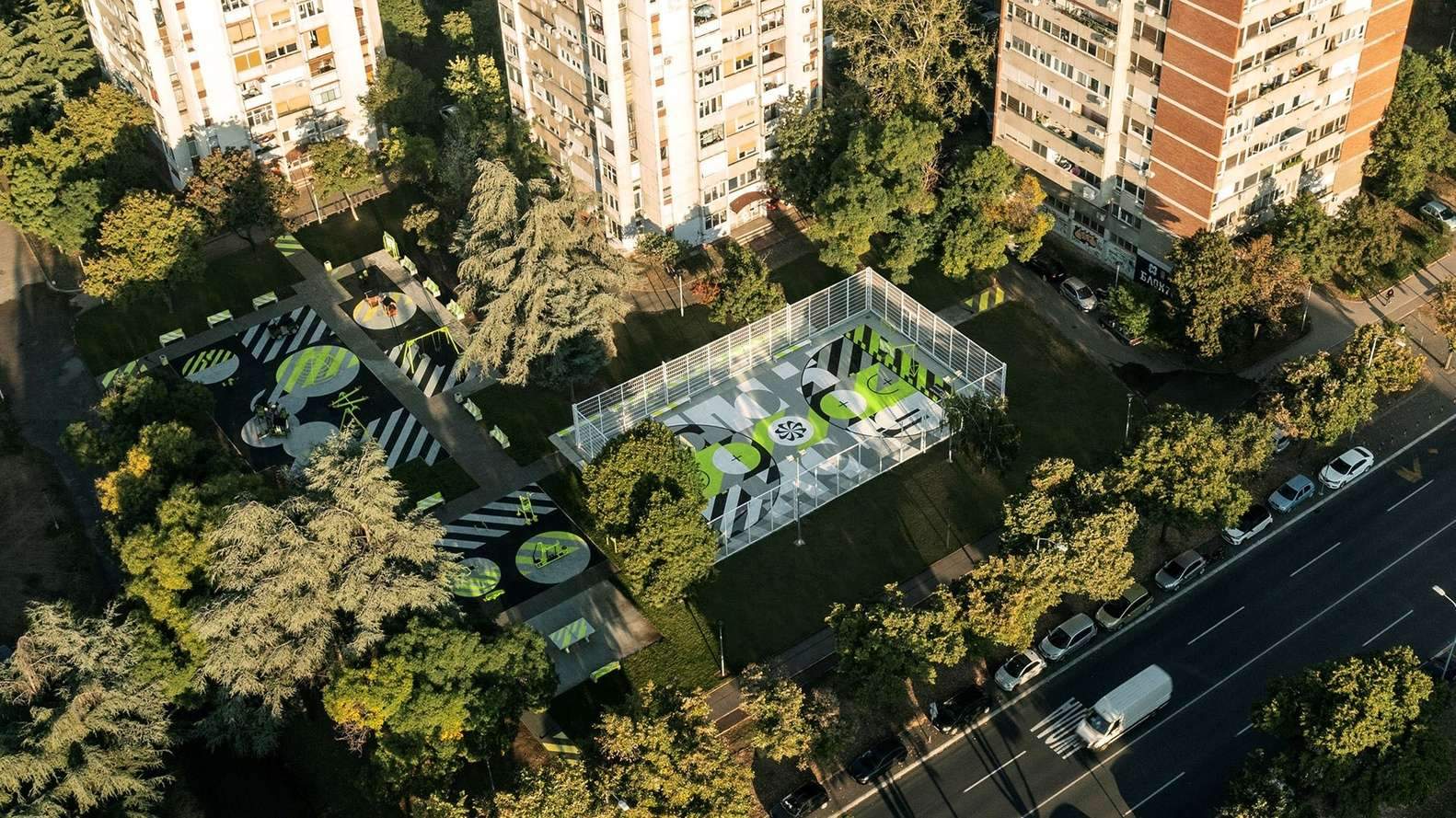Bruno Munari and his relationship with art and architecture

Practices of Bruno Munari

Works of Bruno Munari in art and architecture

Bruno Munari wrote to his son
See More: An alternative to marble and its uses in interior design




See More: An alternative to marble and its uses in interior design
Interior design aficionado and writer, exploring the interplay of aesthetics, functionality, and personal spaces. Documenting the transformation of interiors and the art of creating ambiance.

SnapFIT Tech has fostered a different idea settling basic issues for savvy and telecommuters.Adaptable equipment made of modules, SnapFIT opens up to boundless conceivable outcomes.The pandemic has radically changed the functioning propensities for a great many specialists, multinationals as Passage…

The minimalist and evocative design by the Campanian architect-designer pays poetic homage to the feel of seaside villages by combining the indoor and outdoor spaces.Gae Avitabile has taken on the new interior design project for the Civico 29 cocktail bar…

Planner Marco Schembri fostered a negligible plan idea for a Xiaomi mini-computer entitled the Xiaomi Mi08, presenting another client experience.Rather than the customary mini-computer with a number keypad, Marco Schembri took motivation from rare revolving phone dial insight; taking on…
Project limitations and proposalsAmong the restrictions and proposals of public projects: homes and homesBetween borders and offers Gyeomjae-ro . Community Housing VillageWith the opening of the Gyeomjae Bridge crossing Jungnangcheon and the subsequent expansion of roads, a community housing village was…

Finding the perfect harmony between material and functionality, Germany-based designer Deniz Aktay crafts “Nested Lamp” – featuring light brilliantly being ‘caught’ and enclosed by two semi-transparent or plexi-glass sheets.During his studies and work experience – the multitudinous intricate aspects of creating, forming and designing have always been a vital aspect in his innovatively creative work. “The

Basketball court design by recycling shoes,Creative agency Accept & Proceed has designed a new basketball court by recycling 20,000 sneakers in New Belgrade, Serbia.The stadium is Nike’s, and is designed in the spirit of Go to Zero,and includes the base…